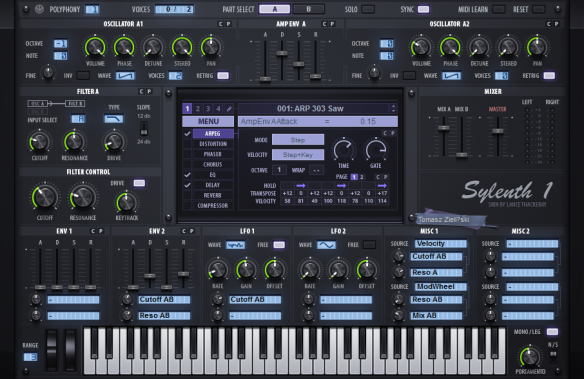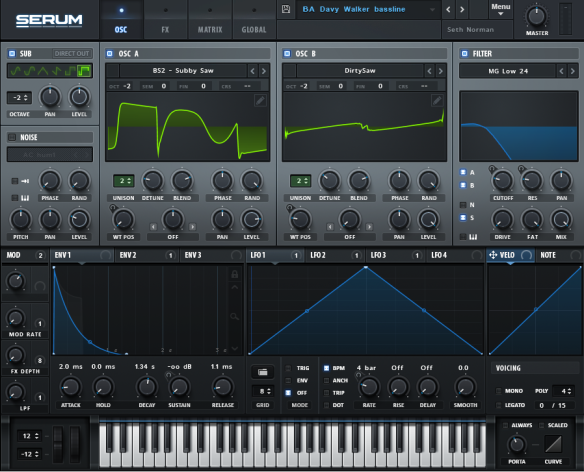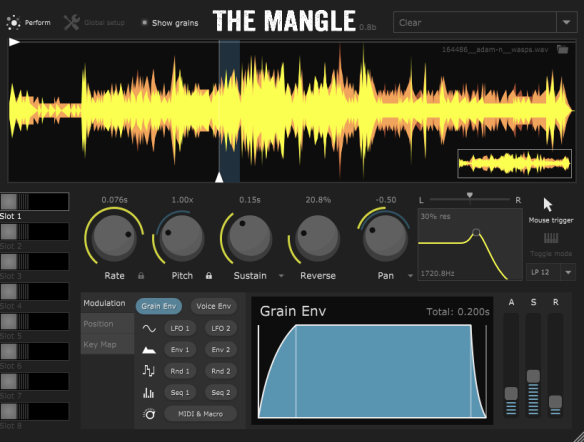My previous post about 4K in a DAW is still getting many hits, so I decided to continue this topic. Especially since a lot has changed since then in DAW & VST world. I also discovered some new tricks and issues that make it even more important topic to discuss.
- Ableton 10 got very nice automatic high-DPI scaling, which takes system settings and resizes each plugin’s windows accordingly – possible to enable or disable per plugin. However, it does have its caveats. Namely, jBridge plugins don’t work with resizable windows, neither plugins which already offer free drag-to-resize feature.
- To enable internal Ableton scaling under Windows, the automatic Windows 10 scaling system needs to be turned off and use application internal scaling instead. Without it, some plugins receive incorrect DPI or try to upscale twice at a time, leading to heavy distortion and unusable GUI.
Additionally, over last two years many plugins have received or are going to receive high-DPI scaling. Massive X, Dune 3 and the newest Cableguys bundle in particular offer drop-down menu with predefined sizes, while Ozone 9 offers free scaling via mouse drag. It is expected that also the rest of iZotope family gets it, as well as AAS – Ultra Analog just enabled this feature, though I’m only waiting for their Chromaphone 2 update. It is knows that Native Instruments also considers it – they recently even ran a poll, which suggested possible GUI resizability for Reaktor.
There are of course many others plugins with scalable GUI, which I don’t own or use however.
All in all, high DPI is getting more accessible and useful. It’s also just easier for eyes to get high-DPI monitor, such as mine 4K at 27″. So, if you consider gear upgrade anytime soon, just go for it with no hesitation.











